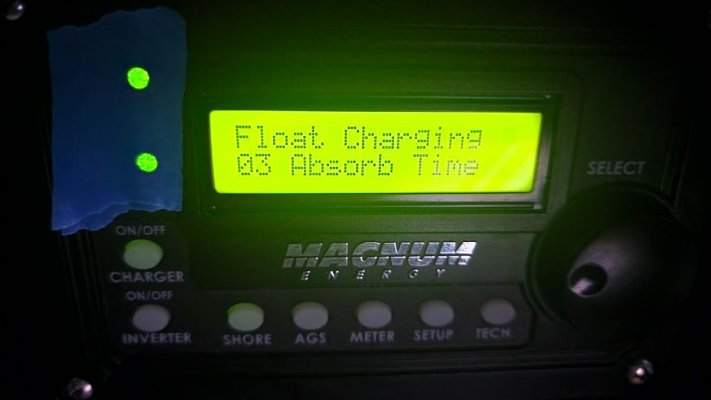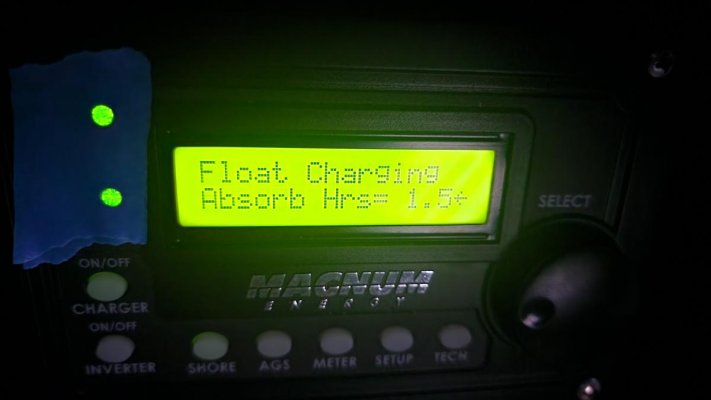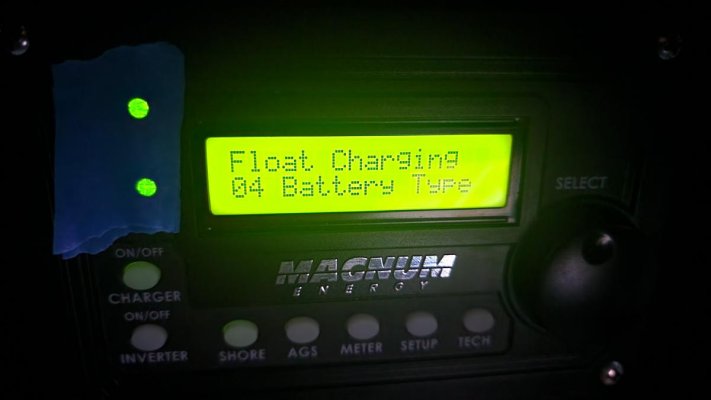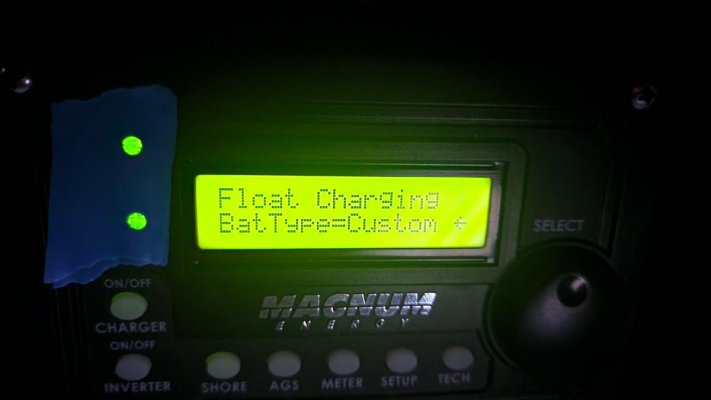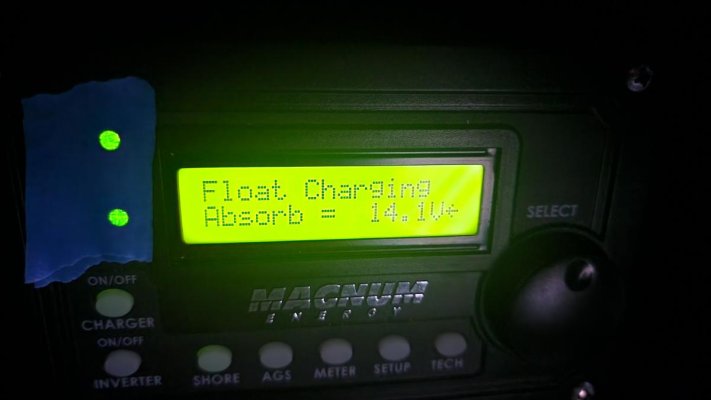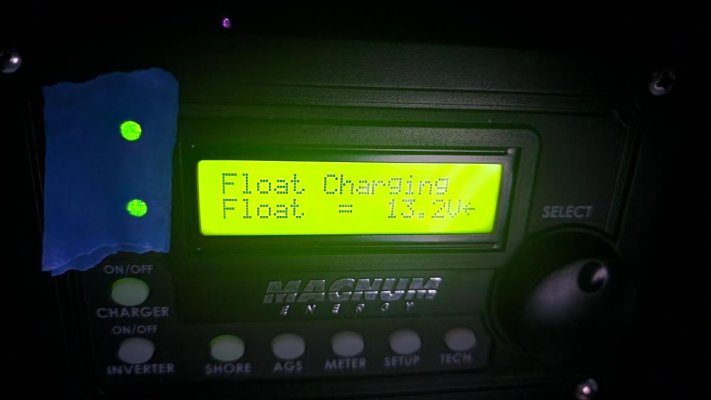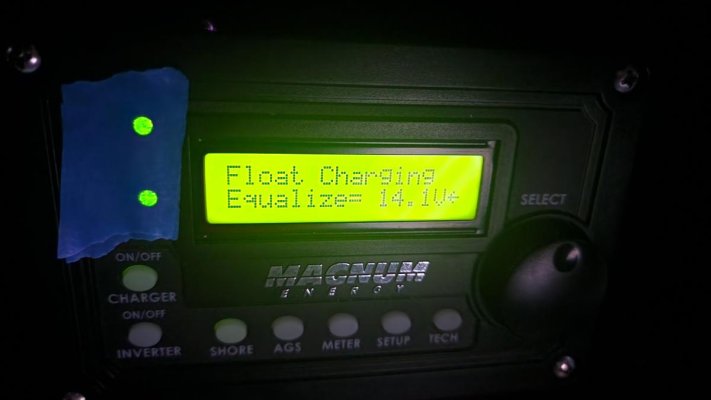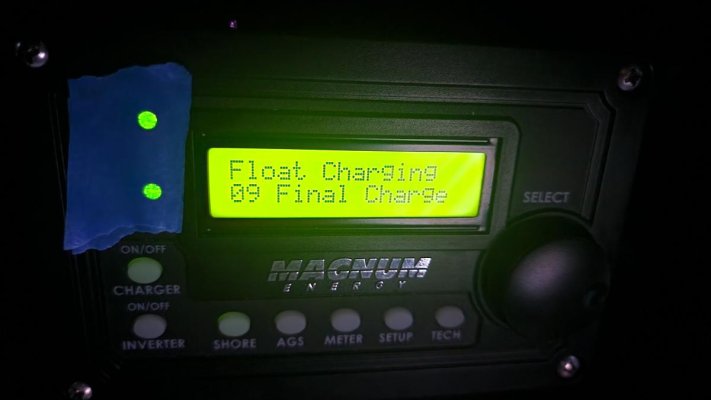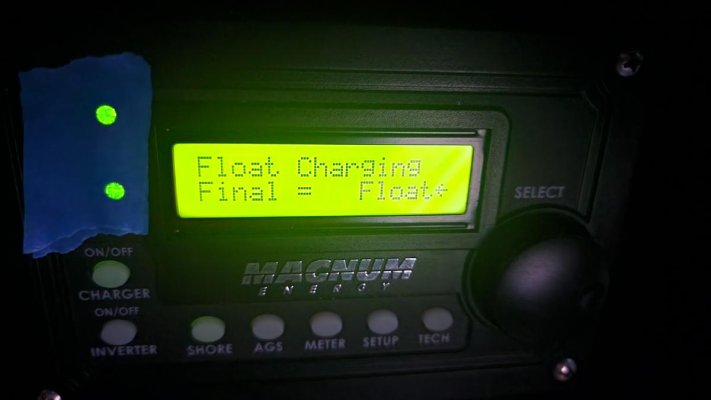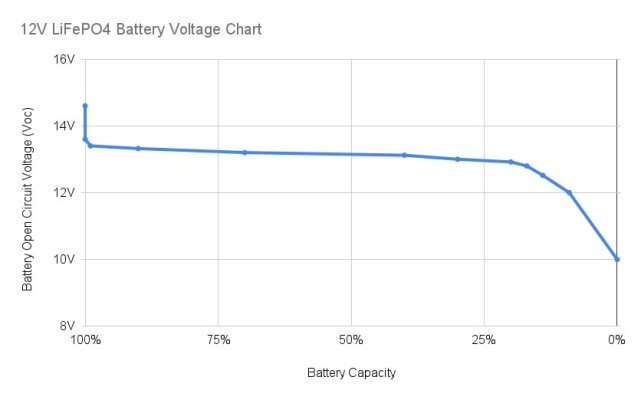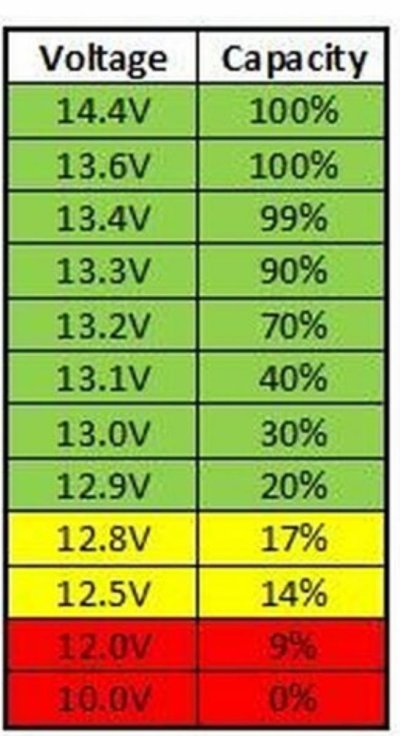mvweebles
Guru
- Joined
- Mar 21, 2019
- Messages
- 7,252
- Location
- United States
- Vessel Name
- Weebles
- Vessel Make
- 1970 Willard 36 Trawler
I have a Magnum 3kw Inverter/Charger. It does not have a LFP setting, but does have ability to set custom settings.
I found this video off a DIY Solar site. Slow start, but gets interesting. He seems to suggest using a custom setting where charger charges LFP bank, then goes into 'silent' mode where it shuts down to a pre-programmed setting. In short, the batteries are charged in Absorb to 14.1v (or whatever your OEM suggests), then held there for 20-30 mins per 100AH battery, then the charger shuts down until the batteries drop to a pre-set voltage (13.2V for example) where it enters a 're-bulk' phase to bring the batteries back to 14.1v.
Best I can understand, this tracks with current thinking of best way to charge LFPs - not to hold them at 100% SoC indefinitely, rather let them drop to 70% SoC (13.2v for example).
Thoughts on whether this approach makes sense?
Thanks in advance - Peter
I found this video off a DIY Solar site. Slow start, but gets interesting. He seems to suggest using a custom setting where charger charges LFP bank, then goes into 'silent' mode where it shuts down to a pre-programmed setting. In short, the batteries are charged in Absorb to 14.1v (or whatever your OEM suggests), then held there for 20-30 mins per 100AH battery, then the charger shuts down until the batteries drop to a pre-set voltage (13.2V for example) where it enters a 're-bulk' phase to bring the batteries back to 14.1v.
Best I can understand, this tracks with current thinking of best way to charge LFPs - not to hold them at 100% SoC indefinitely, rather let them drop to 70% SoC (13.2v for example).
Thoughts on whether this approach makes sense?
Thanks in advance - Peter
Last edited:

